Distance: 4 miles
Time: Allow 1.5 hours
A moderate walk, with some surfaced roads / tracks, but with some sections through woods and across fields. Some stiles. Good views across farmland. Boots or stout shoes needed.
Refreshments: Numerous public houses in Grenoside.
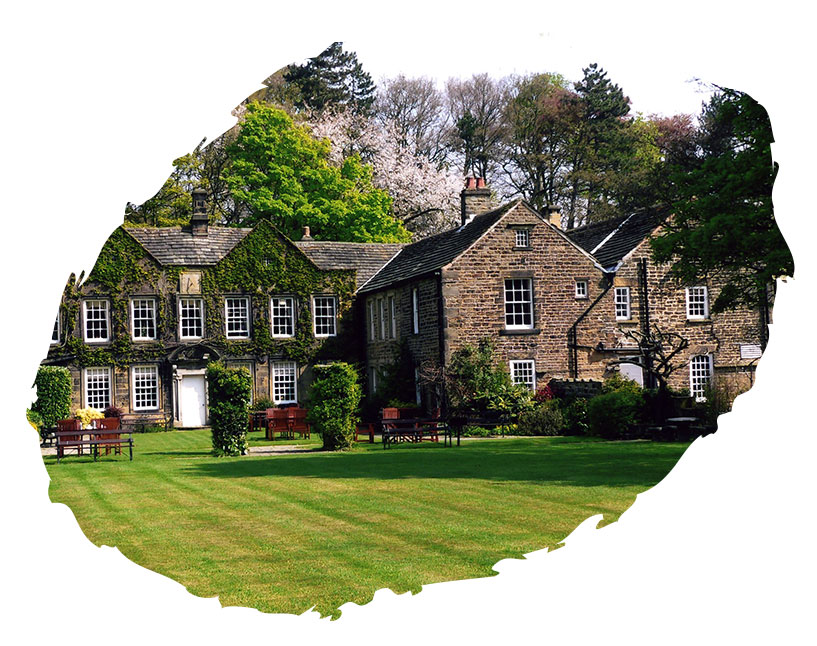
Start: Old Red Lion public house, Main Street, Grenoside S35 8NY
Public Transport: For information on public transport ring the South Yorkshire Traveline on 01709 515151 or visit www.travelsouthyorkshire.com
Car Parking: On road at Grenoside. Please park sensibly.
Public Toilets: None on route
Refreshments: Numerous public houses in Grenoside.
The present hall was built by William Smith in 1824, demolishing an earlier c14th hall on the same site. Barnes Hall was the home of the Smith family until the 1950s. The former physical education teacher training college at Wentworth Woodhouse was named after one of the last inhabitants of the Hall, Lady Mabel, who lived here from the time of her marriage until her death in 1951.
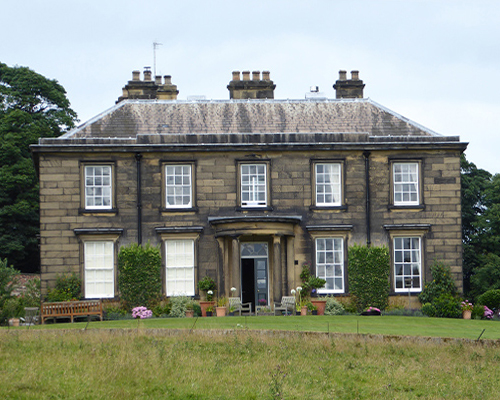
The name Grenoside was first recorded in the c13th as ‘Gravenhou’ from the Anglo-Saxon word ‘graefan’ meaning a quarry, ‘o’ from the Old Norse ‘haugr’ meaning hill and the modern word ‘side’, altogether meaning a quarried hillside. In the c19th quarrying was an important industry in Grenoside. Woodland crafts, such as basket making and clog-sole making were also specialities in this area, and light metal trades such as nail making, cutlery manufacture and file-cutting also took place. Grenoside was also the birthplace and location of the Walker brothers’ first foundry and steel furnace. They later operated iron and steel works at Masbrough.
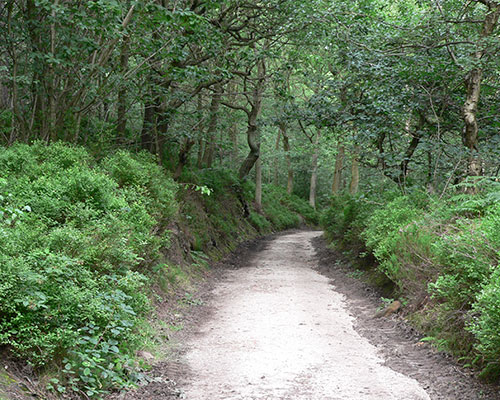
The woods are now owned by Sheffield Wildlife Trust but the woodland has been managed since at least medieval times. Timber was used for building and the underwood for making charcoal, clog soles, brushes and baskets. From 1950 the Forestry Commission managed the woods for conifer production and planted large areas of larch and Scots pine. Some remain, interspersed by sweet chestnut, beech and oak.
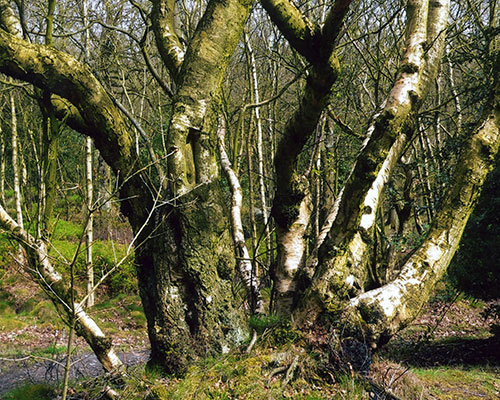
This public house was a coaching inn on the Sheffield to Huddersfield and Halifax turnpike road.
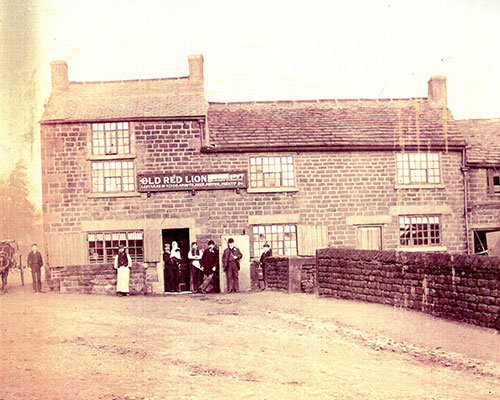
The name Whitley means ‘a bright woodland clearing’. J. & M. Jones, in their book ’Whitley Hall - an illustrated history’ note that in the c19th, although this was an agricultural area, there was also a strong tradition of metal-working. People produced goods such as nails, forks and files in small workshops attached to their cottages. The farms and cottages of Whitley probably once formed part of the Whitley Hall estate.
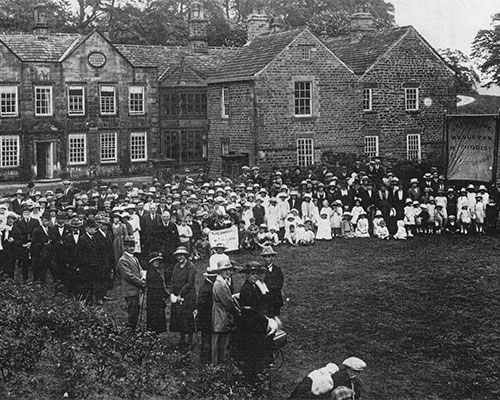
Records show a house called Launderhouse occupied the site of the present Whitley Hall as early as 1406 but the oldest surviving part of the present building dates from 1584. From the early c17th to the late c18th the Hall was the home of the Shirecliffe family, until it was sold and became a boy’s boarding school for some 80 years. Whitley Hall became a hotel and restaurant in the late 1970s. For more information see J. & M. Jones (2002) Whitley Hall - An illustrated history.
